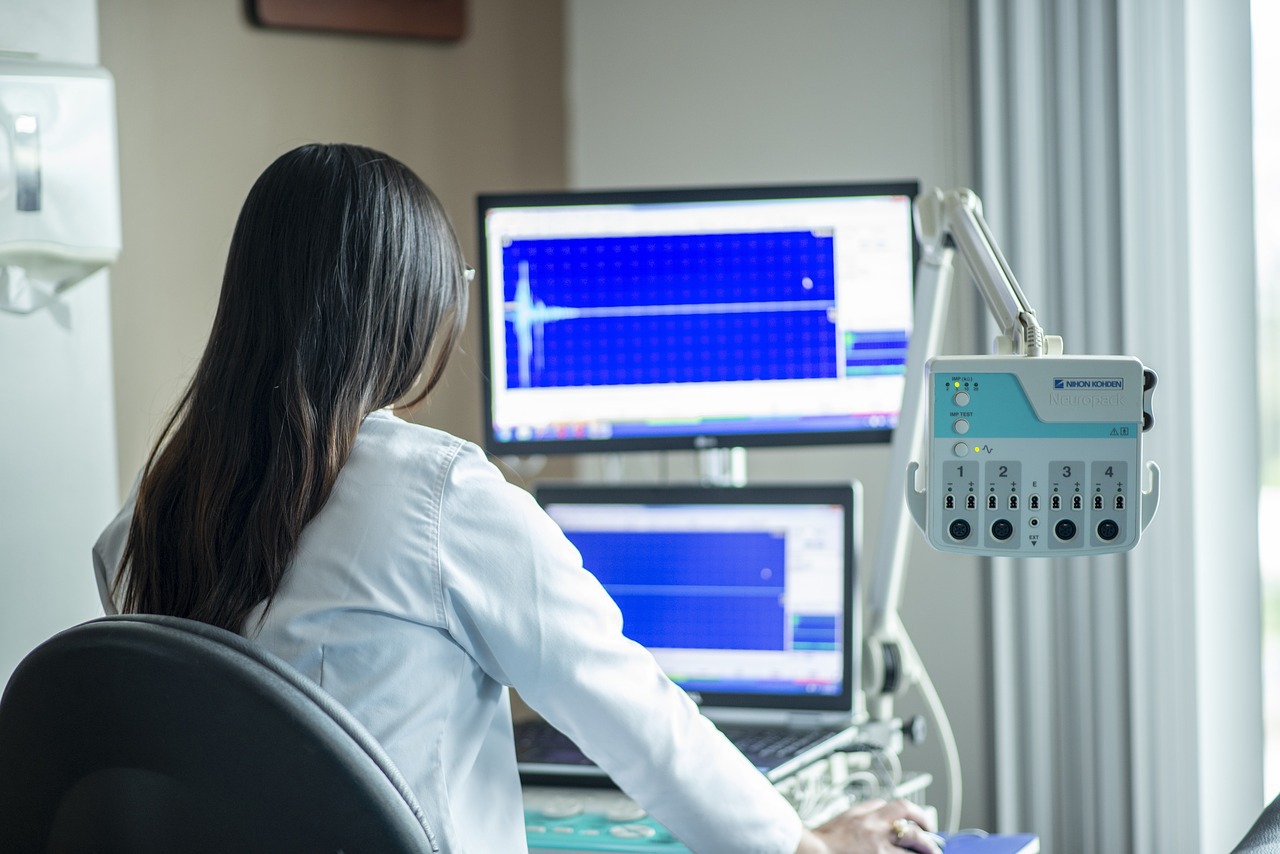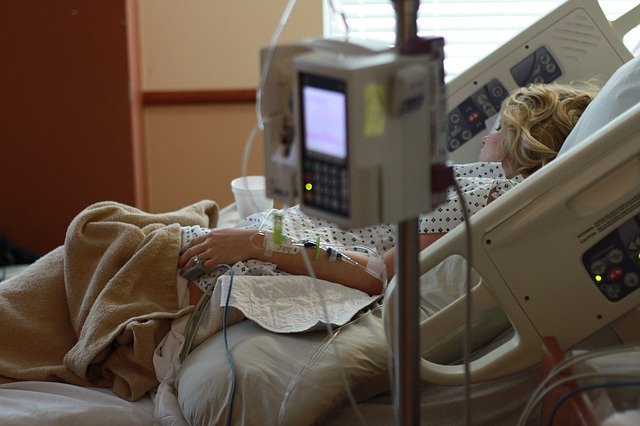
Manufacturing has traditionally been a long process from initial design to finished part, but the coronavirus crisis and urgent need for ventilators may force a rethink. And the medical device sector’s use of stock component offerings and the rise of industrial-grade 3D printing could drive a shift towards the on-demand approach required by other industries turning over production lines to deliver thousands of much-needed ventilators. Medical Device Developments editor Emma Green talks to Brennan Miles, a senior consultant at Team Consulting, about the practice of on-demand manufacturing.
The medical device industry is not short of buzzwords – artificial intelligence, blockchain and now on-demand manufacturing. The latter might appear to be a new concept but has already been implemented within the industry in various ways for a number of years. However, the coronavirus pandemic and a need for thousands of ventilators has widened the possibilities for this method, making it an exciting and vital area to explore.
Brennan Miles, a senior consultant at Team Consulting, has a background in engineering and has worked within the medical device field for a number of years, so he is familiar with the theory and practice of on-demand manufacturing.
“It’s an interesting topic because on-demand implies that you manufacture something at the point an order is placed,” says Miles. “In our industry, that can be the case for large medical technology devices, like those that a hospital might order. In which case, that is a version of on-demand manufacturing in that there’s not a finished product in place but there may be some subassemblies, and bits and pieces that are pre-built.”
Although this is certainly a type of on-demand manufacturing it isn’t usually what is being referenced in industry discussions. “There is also this slightly hypothetical world at the moment, where things like 3D printing come in,” explains Miles. “You press a button and a machine somewhere reasonably close to you will print out whatever you’ve asked for. I don’t know of anywhere within the medical device industry where that is currently happening. The technology isn’t really there yet.”
Hurdles to clear for 3D printing role in medical devices
There are a number of other factors prohibiting its implementation. “It’s also due to the number of regulatory hoops that we have to go through to get a manufacturing system prepared,” says Miles. “We don’t know of a way to validate a 3D-printing system; also, the materials that you can currently use for it aren’t necessarily appropriate for use in medical devices because they haven’t been through vigorous testing and evaluation to make sure they are compatible for use within the body.”
The types and amount of products being manufactured are other important considerations. “For a drug-delivery device, like an inhaler, if it’s got a well-recognised and well-prescribed asthma or chronic obstructive pulmonary disease drug in it, the volumes of that product could be huge,” says Miles. “Using processes like 3D printing are not fast or flexible enough, and financially it is not viable to make these products in the kind of volumes that we need. That leaves us with familiar processes like injection moulding.”

This doesn’t mean that the industry won’t be able to implement 3D printing and related technologies more widely in the future though. “Short term, within the next two years, I can’t see it being used for drug-delivery devices, for example, but I can’t see why not beyond that,” says Miles, adding “if there are suitable materials available, sufficient demand and if the systems can be demonstrated to be viable.”
3D printing is being used more widely in the medical industry, however. “I know that it is being put to good use in hospitals by surgeons to support things like preoperative preparation,” says Miles. “But this is on an individual or bespoke basis, which is a different field to making a mass-produced device.”
A lengthy process of groundwork
When talking about time frames in manufacturing, it is the groundwork that is the lengthiest aspect, rather than the production itself. “When you’ve finished the design, you’re happy with it and you want to start getting it made, you need to go through a long process until you’re at the point where you’ve got a manufacturing line in place, and you can press go and then start churning out efficient products that you know are going to be repeatable, reliable and safe,” says Miles. “If they are not, we have to have processes in place to catch any duff ones on the line before they get anywhere near reaching a user. That takes a long time to prepare for.”
After this work has been completed, the rest of the steps are relatively straightforward. “Once you’ve got there, the complexities of on demand just come down to how long it takes to place an order, through to the point where that feeds back to the factory to make the order that has been placed,” says Miles. “In that way, all manufacturing is on demand, it’s just about shortening that time between something being made to it being delivered to the user, bypassing warehouses and stockpiling.”

Work to make devices reusable rather than disposable
Although 3D printing is exciting, all the usual boxes have to be ticked. “Regardless of the technology, you’re still going to need a system that can order raw materials, a system that can package and deliver the product that you want to make to then distribute it somewhere,” explains Miles. “So really, on-demand manufacturing is a cover-all description for something that is complex. It makes it seem simple, but underneath there are more traditional manufacturing methods happening; it’s just how you manage them, and make them slicker and quicker.”
Looking to the future, Miles expects more significant changes to be seen in terms of materials rather than processes. “I think we are still going to be using traditional manufacturing methods, things like injection moulding and automated assembly processes, things like that,” says Miles. “Where things are changing more is within the raw materials that we use. There are hundreds of thousands of types of plastics in the world, but only a small percentage can be used in medical devices. A lot of effort is going into getting more sustainable materials approved for manufacturing medical devices.”
On the topic of sustainability, there is also greater consideration of what happens to devices once they have served their purpose.
“There is a lot of work going into making devices reusable, rather than disposable, and if they are disposable, trying to ensure that the aspects that can be recycled are recycled,” explains Miles. “That wasn’t the case 15 years ago. It doesn’t sound super sexy in the medical device industry because, to a certain extent, we are always a step behind other industries. It’s a field that needs a bit of radicalisation, but it is also one that is going to move slowly because of the regulation.”
This article originally appeared in the 2019 Vol 2 edition of Medical Device Developments. The full issue can be viewed here.




